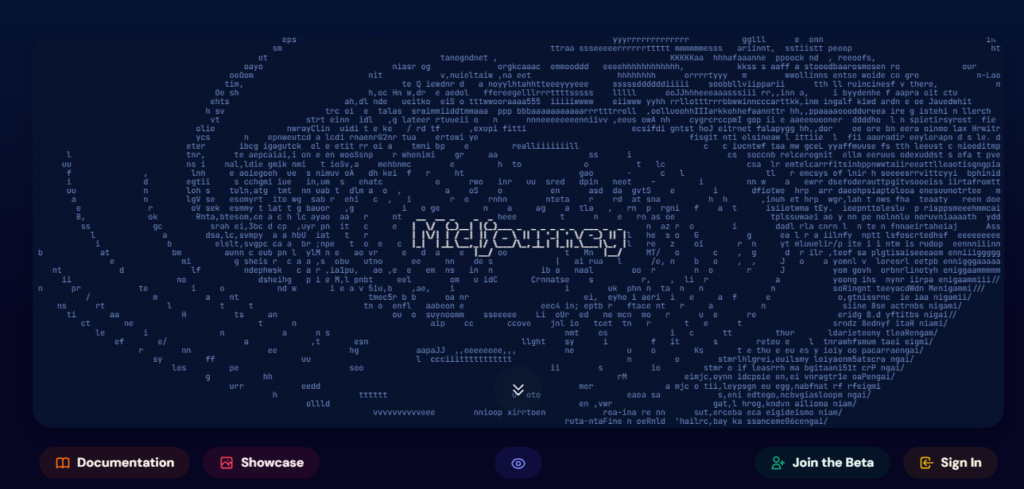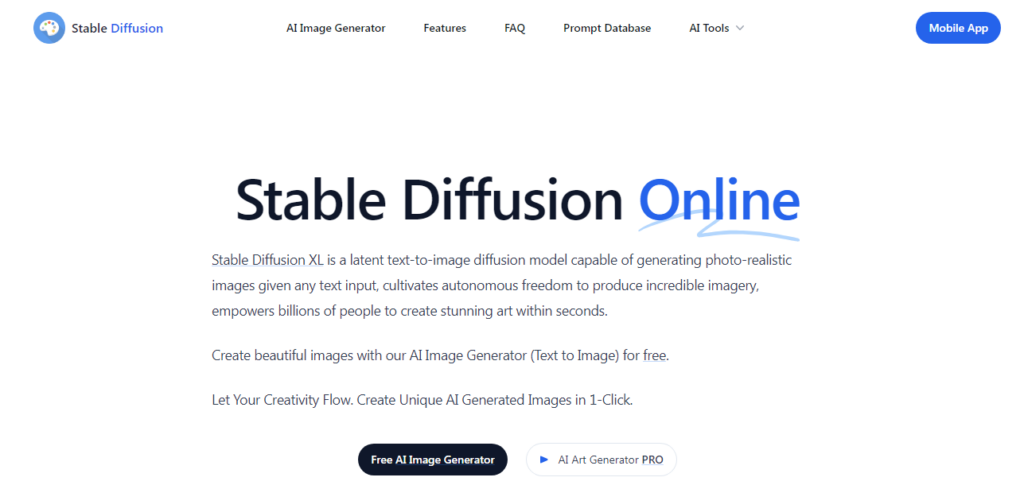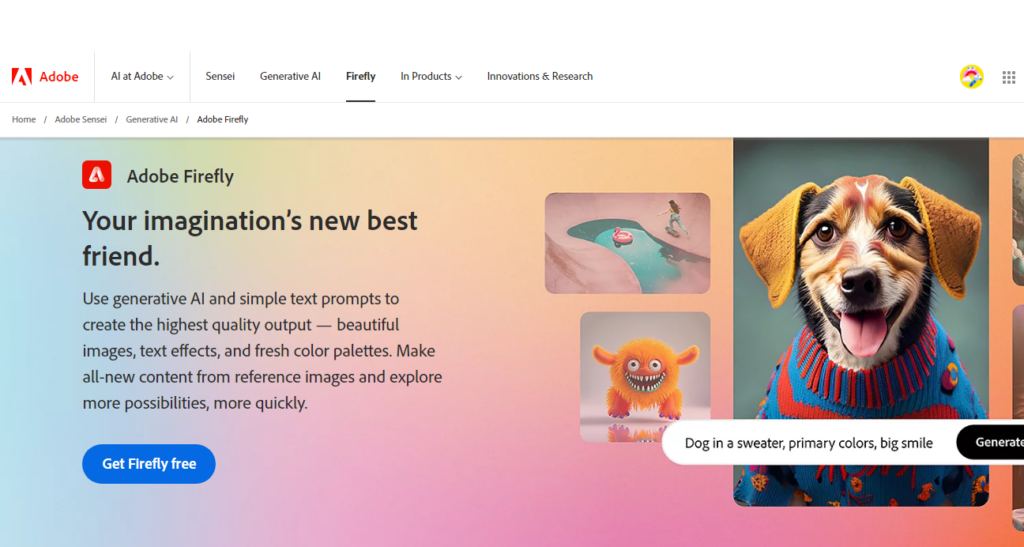In this post, we have curated the top four AI image generative tools that are sure to leave you in awe. Be prepared to witness the incredible power of AI as it blurs the line between reality and imagination, bringing to life awe-inspiring visual masterpieces. Whether you’re an AI enthusiast or simply curious about the wonders of technology, this blog post promises an enticing visual journey that is both captivating and easy to comprehend. Get ready to be mesmerized by the artwork painted by algorithms, as we present the cream of the crop in AI-generated images. Let’s embark on this captivating adventure together!
1) MIDJOURNEY

Midjourney is an AI-powered image generator that can create stunning images from text-based descriptions. It is a powerful tool that can be used for a variety of purposes, including art, design, and education. Midjourney is still in beta testing, but it has already gained a large following among artists, designers, and other creative professionals.
Pros:
- Creates stunning images from text descriptions.
- Easy to use, no artistic skills required.
- Versatile for various purposes.
- Provides editing tools for customization.
- Unleashes creativity without limitations.
Cons:
- Subscription-based service.
- Limited editing tools.
- Potential for AI bias.
- Customer service concerns.
2) STABLE DIFFUSION

Stable Diffusion is a groundbreaking AI image generator that has revolutionized the way we create art. Unlike other AI image generators that often produce blurry or inaccurate results, Stable Diffusion is capable of generating photorealistic images that are indistinguishable from real photographs. This is thanks to its use of a latent diffusion model, which starts with a noisy image and gradually adds details until the desired image is generated.
Pros:
- Produces high-quality photorealistic images
- Versatile, can create a wide variety of images
- Capable of generating images based on text descriptions
- Open-source and freely available
- Has a large and active community
Cons:
- Computationally intensive, requiring a powerful computer
- Image generation capabilities are limited by the quality of the training data
- Potential for bias in AI algorithms
- Limited documentation, making it difficult for new users to learn
- Potential for misuse in creating harmful or misleading images
3) DALL.E

DALL·E is an AI-powered image generator developed by OpenAI. It uses a variety of techniques to create realistic and imaginative images from text descriptions. DALL·E can be used to create a wide variety of images, including landscapes, portraits, abstract art, and even photorealistic images. It is still under development, but it has already been used to create some truly stunning images. The process of using DALL·E is simple. You simply enter a text description of what you want to create, and DALL·E will generate an image based on your description. You can then provide feedback to DALL·E, and it will refine the image until you are satisfied. DALL·E is a powerful tool that can be used for a variety of purposes, including art, design, and education. It is still under development, but it has the potential to be a revolutionary tool that can change the way we create and consume art.
Pros
- Creates realistic and imaginative images from text descriptions.
- Can be used to create a wide variety of images.
- Still under development, but it has already been used to create some truly stunning images.
- The process of using DALL-E is simple.
- A powerful tool that can be used for a variety of purposes, including art, design, and education.
Cons
- Still under development, so there are some limitations to what it can do.
- Can be expensive to use.
- There is a potential for bias in the images that DALL-E generates.
- DALL-E is not always able to understand complex prompts.
4) ADOBE FIREFLY

Adobe Firefly is a picture generator driven by AI that allows users to create spectacular visuals from word descriptions. It employs a number of strategies to transform text into fascinating images. The tool’s user-friendly design makes it accessible to people of all artistic abilities. Users simply provide a text description of their intended image into Adobe Firefly, and the AI algorithms will build an image based on the details provided. This method can be enhanced further by modifying variables such as lighting, color palette, and style. Furthermore, Adobe Firefly has a full set of editing tools that allow users to fine-tune and modify their photographs to perfection.
Pros:
- Easy to use, even for people with no experience with AI or image editing.
- Versatile, can create a wide variety of images.
- Powerful, can generate incredibly detailed and realistic images.
- Creative, can be used to create truly unique and original images.
- Affordable, relatively affordable AI image generator.
- No training required, no need for artistic skills.
- Variety of tools and features for customizing images.
- User-friendly interface, easy to navigate.
- Fast and efficient, generates images in a matter of seconds.
- Cloud-based, accessible from anywhere in the world.
- Can be used with other Adobe products.
Cons:
- Still in beta, may have bugs or glitches.
- Limited customization options.
- Not suitable for all types of images.
- Watermark on generated images.
- Requires an internet connection.
FAQ’s
1) What is an AI image generator?
An AI image generator uses machine learning models like GANs or VAEs to autonomously create images based on learned patterns and data.
2) How does it work?
It employs neural networks trained on vast visual data to synthesize new images by starting from random noise or specific prompts.
3) What are its applications?
AI image generators are used for art, synthetic data creation, design, character/avatar creation, and creative idea generation.
4) Can it create original artwork?
AI generators produce diverse and unique content but debates persist on defining ‘originality’ in AI-generated art.
5) Are there limitations?
Yes, limitations include struggles with high-resolution images, context understanding, potential biases from training data, and the need for human oversight.